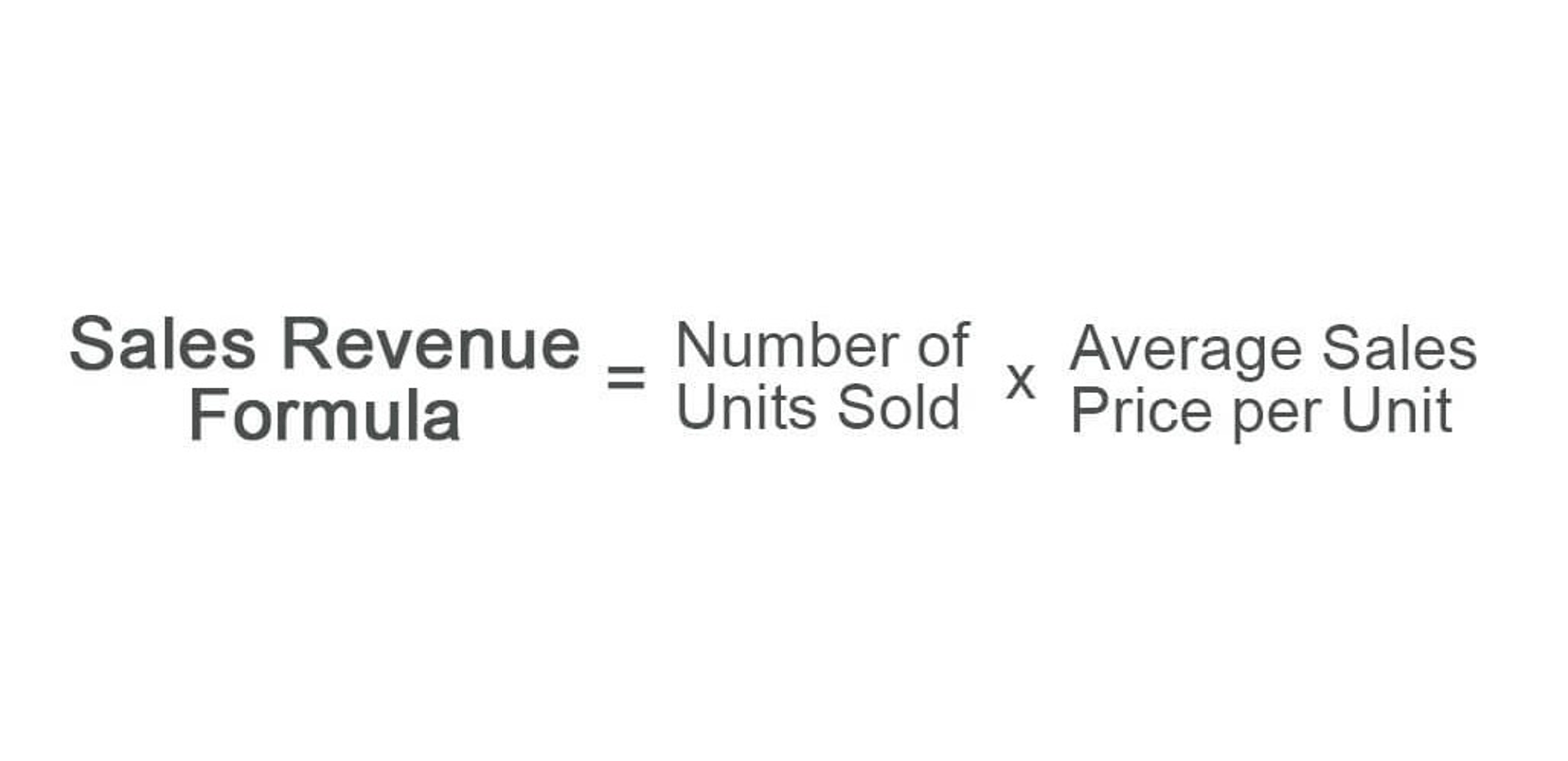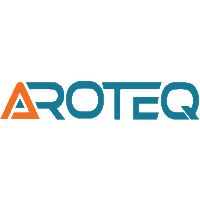
Think of all the tasks you need to complete to follow through on your decision, then list out the resources required for each deliverable. If you’re stuck, try looking at similar projects that have been completed in the past to see what type of impact they had. During your analysis, you assign monetary values to the costs and benefits of a decision—then subtract costs from benefits to determine net gains. This helps https://www.bookstime.com/ you estimate the full economic benefit (or lack thereof) of your choice so you can decide if it’s a good idea to pursue. This is a simple cost-benefit analysis that relies on the cost-benefit ratio to establish the profitability of this project. In other scenarios, you might also need to calculate the return on investment (ROI), internal rate of return (IRR), net present value (NPV) and the payback period (PBP).

Although this may be difficult to assess, it forces the analyst to consider aspects of the project that are more difficult to measure. The ultimate result of a cost-benefit analysis is to deliver a simple report that makes it easier to make decisions. With the cost and benefit figures in hand, it’s time to perform the analysis. Depending on the timeframe of the project, this may be as simple as subtracting one from another; if the benefits are higher than the cost, the project has a net benefit to the company.
What Is the Main Goal of Using a Cost-Benefit Analysis?
Direct costs and benefits will be the easiest to assign a dollar amount to. Indirect and intangible costs and benefits, on the other hand, can be challenging to quantify. That does not mean you shouldn’t try, though; there are many software options and methodologies available for assigning these less-than-obvious values. The process of doing a cost-benefit analysis itself has its own inherent costs and benefits. The costs involve the time needed to carefully understand and estimate all of the potential rewards and costs.
- Instead, get the activity-based value of the units from accounting and use that number.
- It adds priority and customized tags you can assign team members to own each item.
- For intangible categories like intangible costs and indirect benefits, assign KPIs in lieu of dollar amounts.
- You subtract your total cost figure from your total benefit value and your analysis shows a healthy profit.
- For example, if the benefits of a project could be $1 million USD in revenue and the cost to deliver the project is $500,000, then the benefits clearly outweigh the costs in this scenario.
The breakeven point typically refers to a dollar amount or the number of units sold whereby total revenues equals total costs. A direct benefit to increased production could be an increase in revenue. An indirect benefit could be an increase in customer satisfaction if the product was previously hard to obtain.
Cost-Benefit Analysis
You need to list those stakeholders, but our free RACI matrix template takes that one step further by outlining who needs to know what. RACI is an acronym for responsible, accountable, consulted and informed. By filling out this template, you’ll organize your team and stakeholders and keep everyone on the same page. As you work to calculate the cost-benefit analysis of your project, you can get help from some of the free project management templates we offer on our site. We have dozens of free templates that assist every phase of the project life cycle. However, in these types of projects, decision-makers must not only focus on financial gain, but rather think about the impact projects have on the communities and external stakeholders who might benefit from them.
Cost-benefit analysis is a way to compare the costs and benefits of an intervention, where both are expressed in monetary units. As explained above, the rate of return is used to calculate the present values of your project’s costs and benefits, which are needed to find the cost-benefit ratio. Before you can know if a project proposal might be valuable, you need to compare it to similar past projects to see which is the best path forward. Check their success metrics such as their return on investment, internal rate of return, payback period and benefit-cost ratio.
General Types of Cost-Benefit Analysis
In addition, it’s advisable to conduct a sensitivity analysis to evaluate different scenarios and how those affect your cost-benefit analysis. For projects or business decisions that involve longer timeframes, cost-benefit analysis has a greater potential of missing the mark for several reasons. For one, it’s typically more difficult to make accurate predictions the further into the future you go. It’s also possible that long-term forecasts won’t accurately account for variables such as inflation, which can impact the overall accuracy of the analysis.
Instead, get the activity-based value of the units from accounting and use that number. Smartsheet is an online work execution platform empowering organizations of all sizes to plan, manage, automate, and report on work. Over 80,000 brands rely on Smartsheet for project and work management. Therefore, the CBA would be conducted before undertaking the proposed project. A CBA can be used regardless of the projects being mutually exclusive or not. Mutually exclusive choices require the forfeit of one or more other options.
Regardless of the view, they all update live and they’re ready for you to utilize. In business today, it’s essential to get the most out of every idea, option, and investment. To accomplish this, many organizations – from large enterprises to startups and small businesses – use cost benefit analyses to help make important decisions. Using a what is a cost benefit analysis can help teams identify the highest and best return on an investment based on the cost, resources, and risk involved.
- It may amortize the purchase over as little as four years if it is considered capital equipment.
- CBA attempts to measure the positive or negative consequences of a project.
- Asana lets you create and assign tasks, organize work, and communicate with stakeholders directly where work happens.
- Users perform a Full BCA by entering documented values into the BCA Toolkit, which calculates a benefit-cost ratio.
- For example, the decision to increase the staffing at a bottleneck work center is probably a good idea, as long as it allows the work center to maintain a higher level of output.
- Finally, when calculating the value of replacing three employees, be sure to add overhead costs and benefits costs in addition to their salaries.
Experienced project managers know that Insights gained from this exercise are invaluable when planning and forecasting work. This type of economic analysis also takes some time to complete, so it’s best for when you’re faced with a big decision that will impact your team or project success. For smaller or less complex decisions, try using a simpler process like a decision matrix. One drawback of this ratio is that it does not indicate the project’s size or provide a specific value on what the asset/project will generate.
“[Cost benefit analysis] assumes that a monetary value can be placed on all the costs and benefits of a program, including tangible and intangible returns. But unlike many apps with inferior to-do lists, ProjectManager has a list view that is dynamic. It adds priority and customized tags you can assign team members to own each item. Our online tool automatically tracks the percentage complete for each item in real time. All the data you collect in our list view is visible throughout the tool.
If you can, use the same KPIs for both costs and benefits so you can easily compare them later. As discussed earlier, calculating the net present value of an investment is an example of cost-benefit analysis. When performing a cost-based analysis, an analyst will need to assign a dollar value to all benefits and costs in order to calculate cash flows and determine the NPV. While the direct benefits and direct costs should be relatively easy, the analysis is only complete by estimating indirect and intangible costs and benefits.
